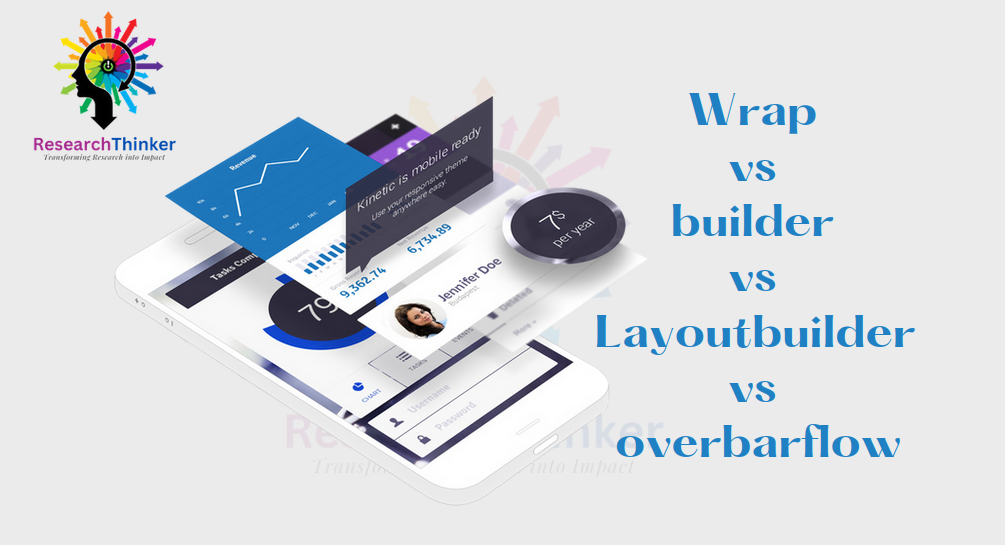Wrap, Builder, LayoutBuilder, and OverflowBox widgets in Flutter are very popular, below table show the difference of all
| Widget | Description | Example | Common Usage Scenarios |
|---|---|---|---|
| Wrap | Wraps its child widgets and automatically | Wrap( children: [ Text('Widget 1'), Text('Widget 2') ] ) | Creating a responsive layout with dynamic content that wraps to the next line when space is limited. Displaying a tag-like layout with multiple items. Creating a list of chips or buttons that can dynamically wrap to the next line. |
| Builder | Constructs widgets at build time with a | Builder(builder: (BuildContext context) { return Text('Hello!');}) | Performing conditional logic or calculations to determine the child widget to be rendered. Accessing the current BuildContext for providing context-specific functionality. |
| LayoutBuilder | Builds widgets based on parent layout | LayoutBuilder(builder: (BuildContext context, BoxConstraints constraints) { return Container(width: constraints.maxWidth, height: constraints.maxHeight); }) | Adapting the child widget’s size or layout based on the available space or constraints provided by the parent widget. Creating responsive UIs that adjust based on the screen size or available space |
| OverflowBox | Applies constraints to its child widget | OverflowBox( maxWidth: 200, maxHeight: 200, child:Image.asset('image.jpg') ) | Displaying an image or widget within specified size constraints while allowing it to overflow if necessary. Controlling the maximum or minimum size of a widget while allowing it to grow or shrink within those constraints. |
Each of these widgets serves different purposes and can be used in various scenarios to achieve specific layout or functionality requirements in your Flutter application.



